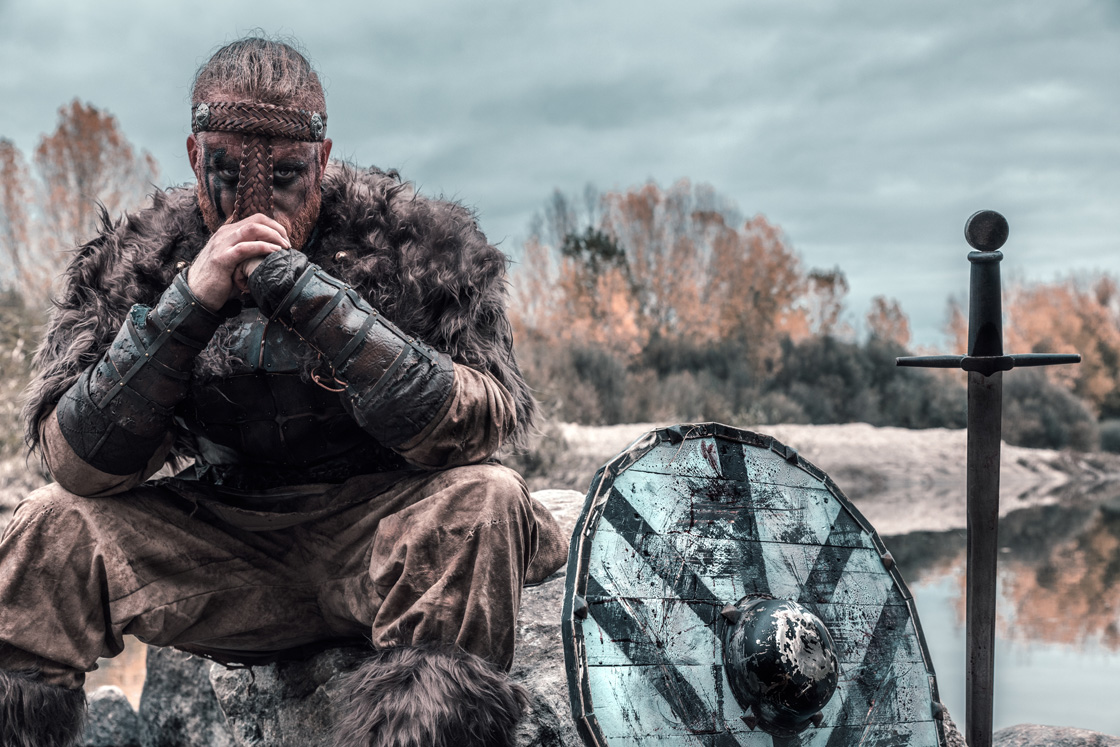


Viking History
In Scandinavian history, the Viking age refers to the period between 790 to 1066, the earliest raids of 790 to the conquest of England by the Normans. Contrary to popular belief, Vikings were not a people bonded by any ancestral ties or patriotism. The common unifying factor was that they were from foreign lands and they were rather "uncivilized".The Most common characteristic is that they were not Christian and their culture and practices differed from other people. North-men, as they were commonly known, used the Baltic and Norwegian seas as sea routes. Geographically speaking, the Scandinavian region is what is present-day Norway, Sweden and Denmark. Vikings are described as a non-literate culture but usually depicted their alphabet and world on runestones. Their burial rituals often happened at sea with cremation being predominant. The social structure of Vikings was grouped into three; Jarls, Karls and Thralls. Thralls were slaves and the lowest ranked class. Karls were land-owning peasants who practiced cattle and plant farming. Jarls were the aristocrats of the Viking aristocracy. They were the highest ranked class, owning large pieces of land and livestock and horses as well as thralls. Sports activities included weapons training and combat. For entertainment, archaeological evidence suggests that both dice games and board games were common as well as social gatherings.
Weapons
Archaeological findings, as well as pictorial presentations, depict that Vikings made weapons of war. Weapons indicated social status. The whole arms ensemble, especially of a wealthy Viking, included a helmet, sword, shield and a mail shirt. Ultimately, Vikings were reputable for using hand axes as the main weapon in close quarter combat.
Ships
Viking technological inventiveness in shipbuilding offered much need tactical superiority during raids. The common Viking longships were efficient as they were fast, strong, light and easy to maneuver. A shallow draft ensured landings without the need for a harbor as well as easier river navigation. Longships were used for war while the Knarr were used for trade and exploration . A knarr had a broader build and was more steady to allow room for tools , livestock and more men .
Raids in Europe and Exploration
Earlier raids and explorations have uncertain reasons as to why they took place. There have been citations of overpopulation in Viking territories leading to their venturing out, but early Northmen were exploring and raiding for riches. The first Viking attack happened at the Lindisfarne monastery in 793 AD signalling the start of the Viking age. The raid of St Philibert's, an island monastery on Noirmoutier was the first recorded raid in continental Europe. By the end of the 19th century, England, Ireland and Scotland had become easy targets for Viking raids and settlement. These explorations led to raids and settlements on the British Isles. They explored inner Europe during internal European conflicts settling their farmers and traders. The end of the Viking age was signaled by events of 1066 in England. Most of the Northmen had been assimilated into Christianity.